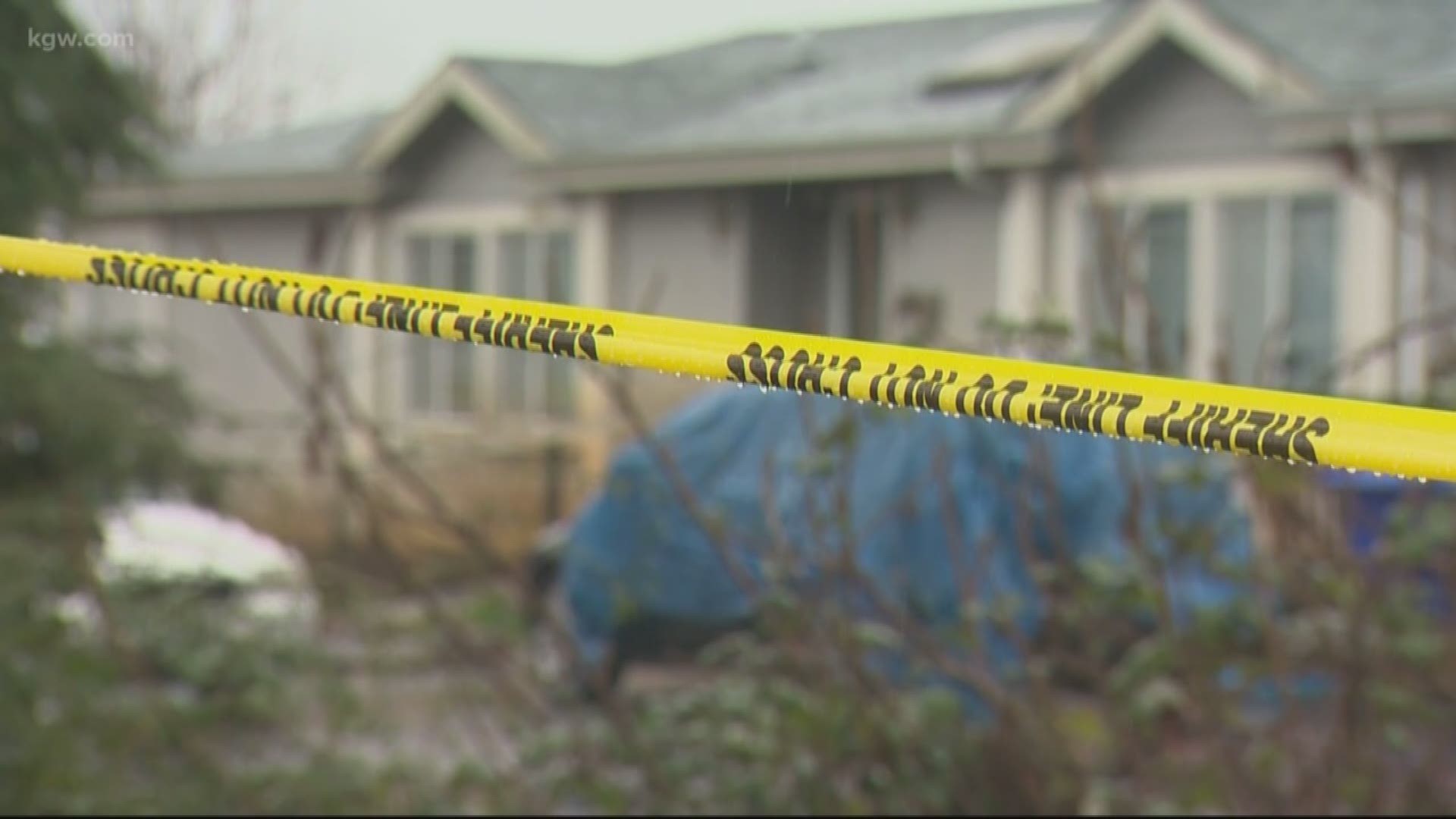![Animated stories for the VR world [video : 84512190]](http://videos.usatoday.net/Brightcove2/29906170001/2016/05/29906170001_4898160826001_Spotlight-stories-1.jpg?pubId=29906170001)
LOS ANGELES — Google is bringing the film festival to the developers circuit to show just how slick 360-degree virtual-reality filmmaking can be.
![635990946963681828-Pearl-Patrick-Osborne-2.jpg [image : 84501256]](http://www.gannett-cdn.com/media/2016/05/17/USATODAY/USATODAY/635990946963681828-Pearl-Patrick-Osborne-2.jpg)
Its "Pearl" animated short is the latest high-end VR production to come from Google’s Spotlight Stories division, formed to showcase genre-bending uses of VR for mobile viewing on YouTube and VR systems like HTC Vive or Google’s Cardboard.
Pearl, currently on the festival circuit after debuting at the Tribeca Film Festival in 2D this year, debuted on YouTube this week.
![Google Spotlight Stories: Pearl Trailer [oembed : 84501030] [oembed : 84501030] [oembed : 84501030] [oembed : 84501030] [oembed : 84501030] [oembed : 84501030] [oembed : 84501030] [oembed : 84501030] [oembed : 84501030] [oembed : 84501030] [oembed : 84501030] [oembed : 84501030] [oembed : 84501030] [oembed : 84501030] [oembed : 84501030] [oembed : 84501030]](/Portals/_default/Skins/PrestoLegacy/CommonCss/images/smartembed.png)
In seeking to create VR content, “We asked the question, given the technology, what kind of new things could people make?” says project lead Rachid El Guerrab.
Google wanted “to show off what’s possible,” he adds.
Google and Facebook are locked in an arms race to promote virtual reality, both via 360-degree videos and virtual reality headsets, cameras and software.
Both Google and Facebook offer the ability to view 360 videos in the Facebook News Feed and on Google's YouTube/360 channel. Google has developed an elaborate, 16-lens virtual reality camera and software system called Jump, while Facebook looked to trump Jump in April with the introduction of its own prototype for a 17-lens VR camera.
Google and Facebook both look to VR as the next major computing platform. Google's $20 Cardboard VR viewer connects to smartphones as a screen, and is working on a standalone VR headset that doesn’t reed a smartphone to power it. Facebook, meanwhile, owns Oculus, which released its high-end VR consolte this year.
"Pearl" is about a father/daughter musical trip, set in a car they named Pearl. The entire short takes places in the car--allowing viewers to look left, right, up and down to experience the story in a different way.
“You are in the car, in the passenger seat,” says director Patrick Osborne, an Oscar winner for Disney’s 2014 Feast short. “You can hear the story, or watch the daughter...people walking by. I like the idea that you don’t have to see everything, that the total experience can wash over you.”
To produce the animation, Osborne didn’t have to go extra wide-angle, or anything else out of the ordinary to fit into the 360 format. He and his team created the work in Autodesk’s Maya software, which is the industry standard for 3D film animation.
Previous Google Spotlight Stories projects includes two animated films, "On Ice" (about professional skaters) and "Special Delivery" (from acclaimed British animation house Aardman) and the live action "Help," about a meteor shower and alien in Chinatown.
![635990947909677956-DSC05999.jpg [image : 84501390]](http://www.gannett-cdn.com/media/2016/05/17/USATODAY/USATODAY/635990947909677956-DSC05999.jpg)
To those who might say, yeah, 360 is cool, but it’s a gimmick, El Guerrab says, “Watch our stories. These are not graphics demos or tech demos. These are real content we’re shipping to real people. This is a new form, it won’t kill traditional film as it is, but there’s something unique. It’s a different form of engagement from an audience when they feel like they’re in it.”
Osborne says he would recommend fellow filmmakers give 360 a try.
![635990948410912382-DSC06013-1-.jpg [image : 84501434]](http://www.gannett-cdn.com/media/2016/05/17/USATODAY/USATODAY/635990948410912382-DSC06013-1-.jpg)
“There’s a connection people get that’s different from watching a film on a screen,” he says. “You’re part of it.”
But now that he’s done a 360 short--are we ready for a full-fledged 360 film?
Not yet. Start with an extended short, and then go from there, he says. “The audience needs to be brought into it.”
![Protecting passwords, managing photos by USA TODAY Tech Roundtable [oembed : 84500966] [oembed : 84500966] [oembed : 84500966] [oembed : 84500966] [oembed : 84500966] [oembed : 84500966] [oembed : 84500966] [oembed : 84500966] [oembed : 84500966] [oembed : 84500966] [oembed : 84500966] [oembed : 84500966] [oembed : 84500966] [oembed : 84500966] [oembed : 84500966] [oembed : 84500966]](/Portals/_default/Skins/PrestoLegacy/CommonCss/images/smartembed.png)
Follow USA TODAY tech columnist and #TalkingTech host Jefferson Graham on Twitter, @jeffersongraham and listen to the daily podcast on iTunes, Google Play, Stitcher, TuneIn and SoundCloud.


![635981564789567144-DSC02692.JPG [image : 84045292]](http://www.gannett-cdn.com/-mm-/dd63a3ac7809a32da97b90437d944914ebb1face/c=463-0-3776-2832/local/-/media/2016/05/06/USATODAY/USATODAY/635981564789567144-DSC02692.JPG)
